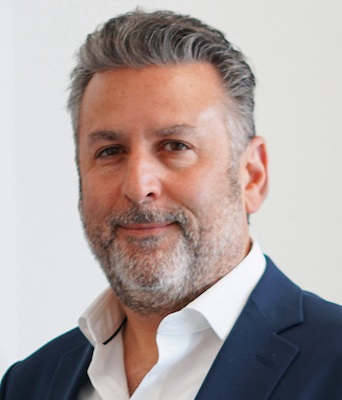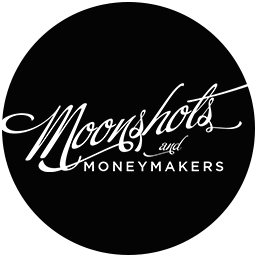Can a purpose-driven startup be successful? That’s a question that James Boettcher, CEO of Righteous Gelato, asked–and answered–years ago when he started out with a single gelato shop in Calgary, Canada. James wanted to build a brand that makes a positive impact on the community and the world. Entrepreneurship is incredibly challenging, so does it make sense to burden your fledgling startup with corporate social responsibility obligations as well? According to James, “There’s really no other way to do business.” He may be on to something. After all, he built that single scoop shop into a $10 million business and Canada’s largest gelato brand within 13 years. Here’s how he did it:
Choose a mission that resonates with you—and your customers. James is absolutely committed to doing social good with his company, and it shows. The company donates 1% of its total revenue to organizations that aid in its mission around four pillars: reducing poverty and food insecurity, creating opportunities for kids and youth, ending domestic violence, and investing in grassroots organizations that support local communities. Righteous employees dedicate over 1,000 volunteer hours each year to these causes, as well as any others they wish. You don’t have to emulate Righteous Gelato to grow with purpose, but you should still have a mission that compels you and your employees to work hard and one that makes your customers feel good about spending their money on your products.
Follow the three P’s of the “triple bottom line.” As much as James gives back to the community, he understands that you can’t give what you don’t have. For that reason, the obvious bears repeating: The business has to be profitable. And it must continue to be profitable through carefully planned growth. This is the idea behind the “triple bottom line” first described in 1994 by John Elkington, founder of the management consultancy SustainAbility. Elkington claimed that the traditional bottom line of corporate success—net income—doesn’t sufficiently capture its value. Instead, he recommended three bottom lines: people, planet, and profit—the “3 Ps.” Righteous Gelato has been certified as a living-wage employer in the province of Alberta and voted as one of Canada’s top employers. It uses sustainable packaging and diverts 95% of its waste away from landfills. And it’s profitable.
Help your brand speak for itself. What’s great about Righteous Gelato is how every detail speaks to the brand mission: the name, the clear packaging, and even the glassed-in manufacturing facility. Like any good storyteller, Boettcher doesn’t just tell. He shows. One of the most important ways that Righteous telegraphs its mission is with B Corp certification. First issued in 2007, B Corp certification is issued to businesses that agree to meet high standards of verified performance, accountability, and transparency on factors from employee benefits and charitable giving to supply chain practices and input materials. Familiar brands such as Ben & Jerry’s and Patagonia are B Corps. In order to achieve certification, a company must submit to scoring on its social and environmental performance, make a legal commitment by changing its corporate governance structure to be accountable to all stakeholders, and exhibit transparency by allowing information about its performance measured against publicly available standards.
Avoid potential backlash. Let’s face it: Haters gonna hate. Think carefully about how you promote your causes as you promote your brand. There’s nothing worse than a supposedly eco-friendly company being called out for “greenwashing,” or glomming onto annual causes without actually supporting them. (Think of all the Pride icons you see in June or pink labeling in October for breast cancer awareness.) These shallow efforts are bound to fail. Even if your intentions are good, they can backfire unexpectedly. In 2020, Righteous Gelato produced special “Black Lives Matter” packaging, with $5 from each $12 jar sold going to “support efforts to combat systemic racism and advocate for racialized and marginalized communities.” The response was immediate and negative, with critics accusing the company of profiting from the movement. James pulled the product from shelves within hours after its launch and issued an apology. “It’s on us to continue to be mindful of the line that we can tread in being purpose-driven,” he says.
Persevere. Boettcher is no stranger to adversity. He made his own way since the age of 14, and he was undaunted when his company was stopped in its tracks by fire—twice. (Yup, that electrical fire that sent him to the “Dragons’ Den” was number two.) Entrepreneurs have to pivot when things don’t go their way and push through when no one else believes in them. And they often have to make it look easy.
Want to know how James leverages purpose to inspire his team and build his brand? Watch my free video interview and hear him tell his story by signing up for How I Did It, an online program from Birthing of Giants that provides step-by-step explainer videos from fast-growth entrepreneurs like James.

ABOUT THE AUTHOR
Lewis Schiff is the Chairman of the Board of Experts for Birthing of Giants and the Executive Director for Moonshots & Moneymakers. He is the author of several books on success and a columnist for Forbes and Worth Magazines.


